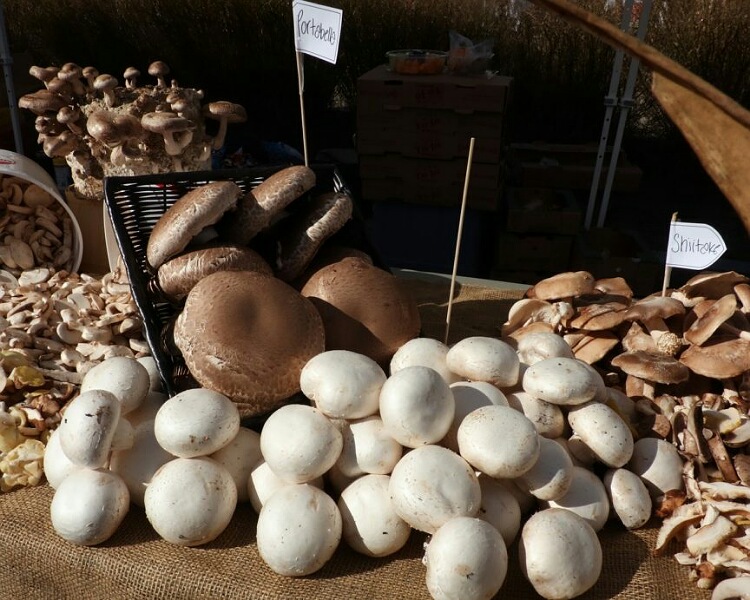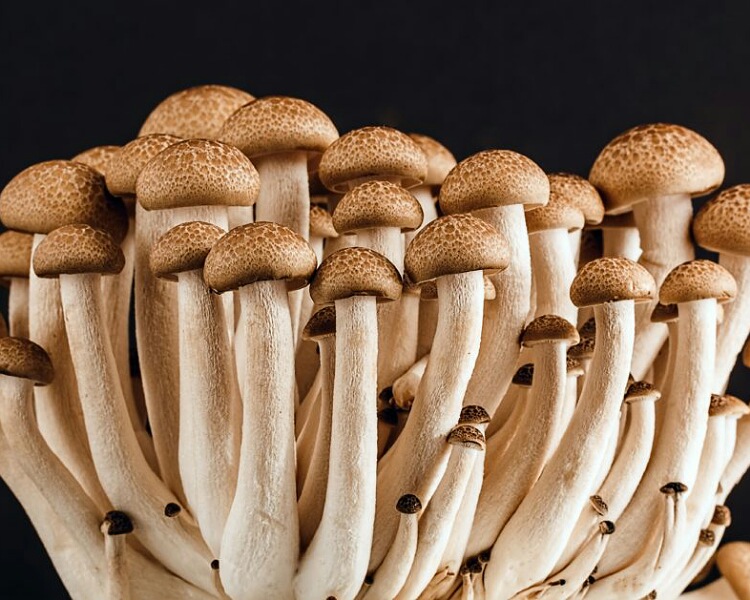Mushrooms form part of diets in Europe, China, Japan, and Korea.
But increasingly it is becoming a global cuisine. Cultivated mushrooms are found everywhere in the world on the shelves of supermarkets.
They are safe to eat compared to field mushrooms which can be poisonous and unsafe. But even these edible mushrooms can lead to allergic reactions (mild to anaphylactic) in some individuals.
Mushrooms and their types
Mushrooms are a type of fungi. They can be wild or cultivated. The latter is safer to eat and is artificially and commercially grown in mushroom farms. It is a profitable industry that is growing every year.
The wild variety is good but carries a risk of poisoning and toxicity. And it is difficult to differentiate between a poisonous variety from a variety that is edible safe.

Mushrooms can be found in different shapes, sizes, and colors.
The edible varieties include Shiitake, enoki, white button, Agaricus bisporus, porcini, true morels, king trumpet, chanterelle, black trumpet, hen-of-the-wood, oyster mushroom, Pleurotus, shimeji, sweet tooth, white beech, lobster mushroom, matsutake, lion’s mane and the like.
Nutritional values of these edible fungi
Mushrooms are 92% water, 4% carbohydrates, 2% proteins, and less than 1% fats. 100 g of mushrooms yield 22 calories. They are high in vitamin B such as niacin, riboflavin, and pantothenic acid.
They have loads of selenium and copper. Their stores of potassium, phosphorus, and zinc are moderate. And they have a minimal amount of vitamin C and sodium. And in 100 g of these fungi, fiber is just 1 g.
They are deficient in vitamin D. But mushrooms that are exposed to ultraviolet light have high levels of this vitamin. UV light converts the ergosterol in the fungi into vitamin D.

One can roast or cook these fungi. They can be part of fried rice or salads or added to noodles. They have a meaty texture and add flavor to foods. And these can also be consumed raw.
These fungi can be used as toppings on pizzas. You can incorporate it into the pasta sauce recipe. Mushroom soups are also delicious. You can have them at breakfast with eggs.
Also, read here Curry leaves uses, nutritive values, and health and hair benefits!
Health and other benefits
Mushrooms have low calories but at the same time, they have a lot of minerals and vitamins. They also have ample amounts of antioxidants.
Due to their good content of minerals such as zinc experts recommend them for boosting the immune function of the body. It also helps in the optimal growth and development of children.
Its low sodium and moderate potassium levels are good for people with high blood pressure.
Due to the antioxidants, they are useful against body inflammation. By replacing animal proteins with mushrooms and with exercise, one can achieve desired weight loss.

Additionally, mushrooms used to be employed as fabric dyes for wool and other natural fibers. They possess antiviral and antibacterial properties and one can utilize this in filtration technology. Some can be fire starters.
Avoid poisonous, toxic, and mind-altering mushrooms. And allergic people should be careful while taking foods containing these fungi.